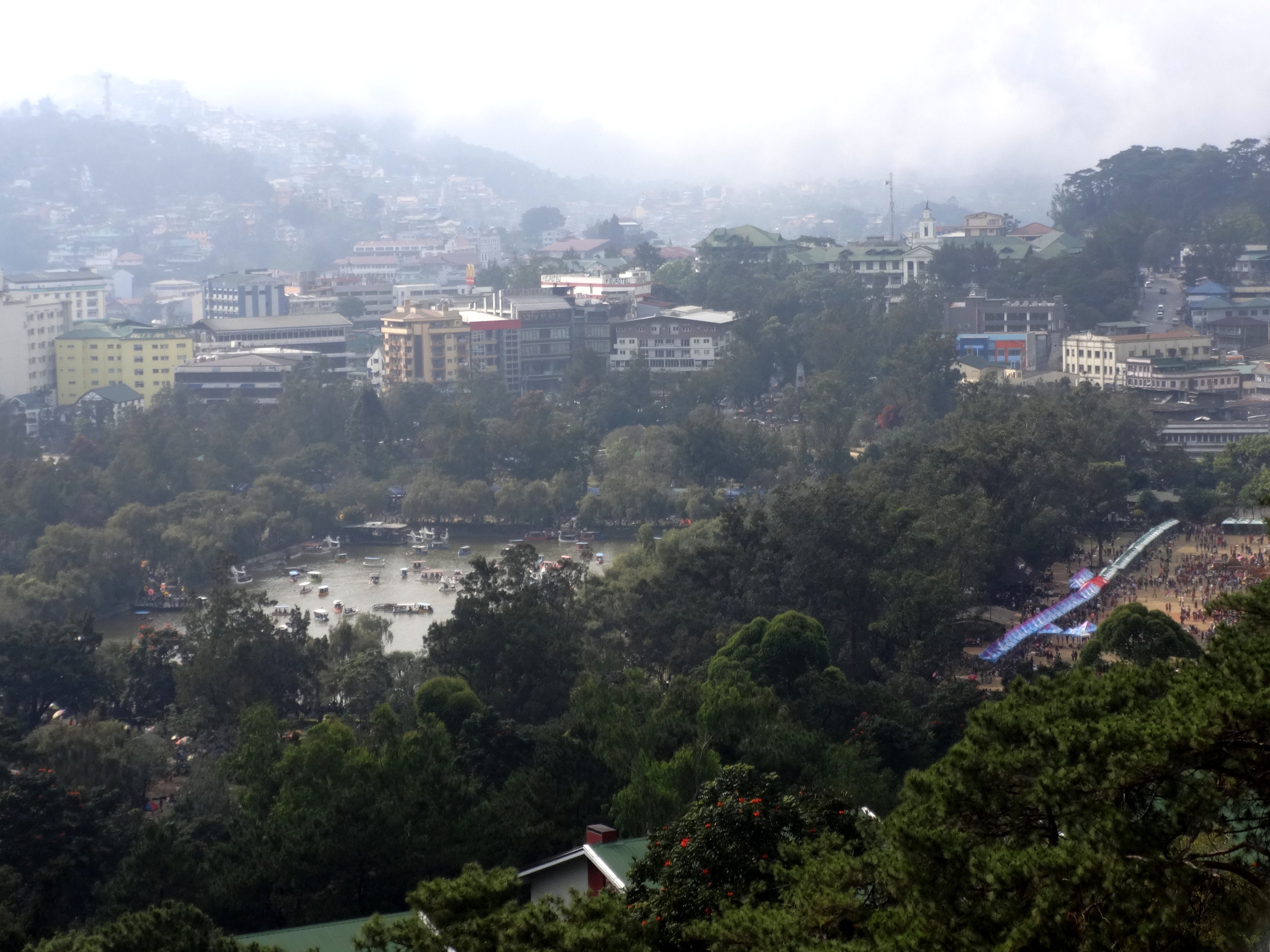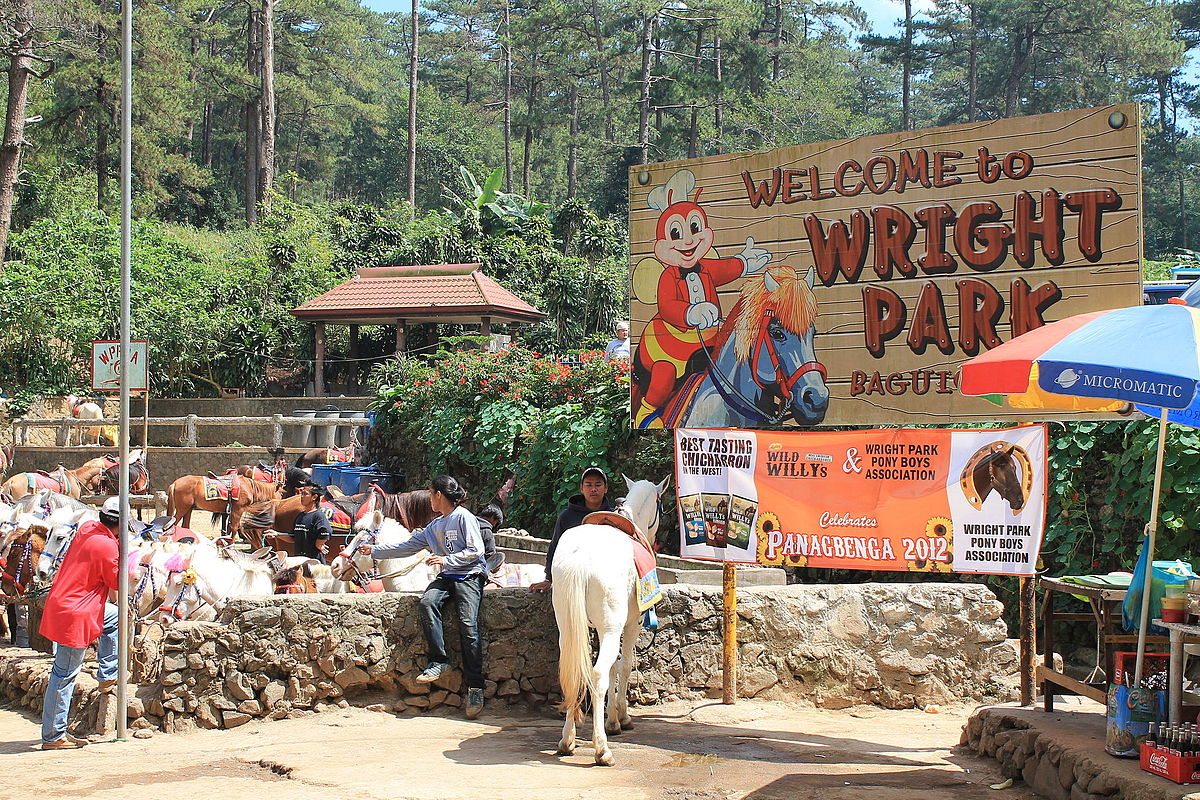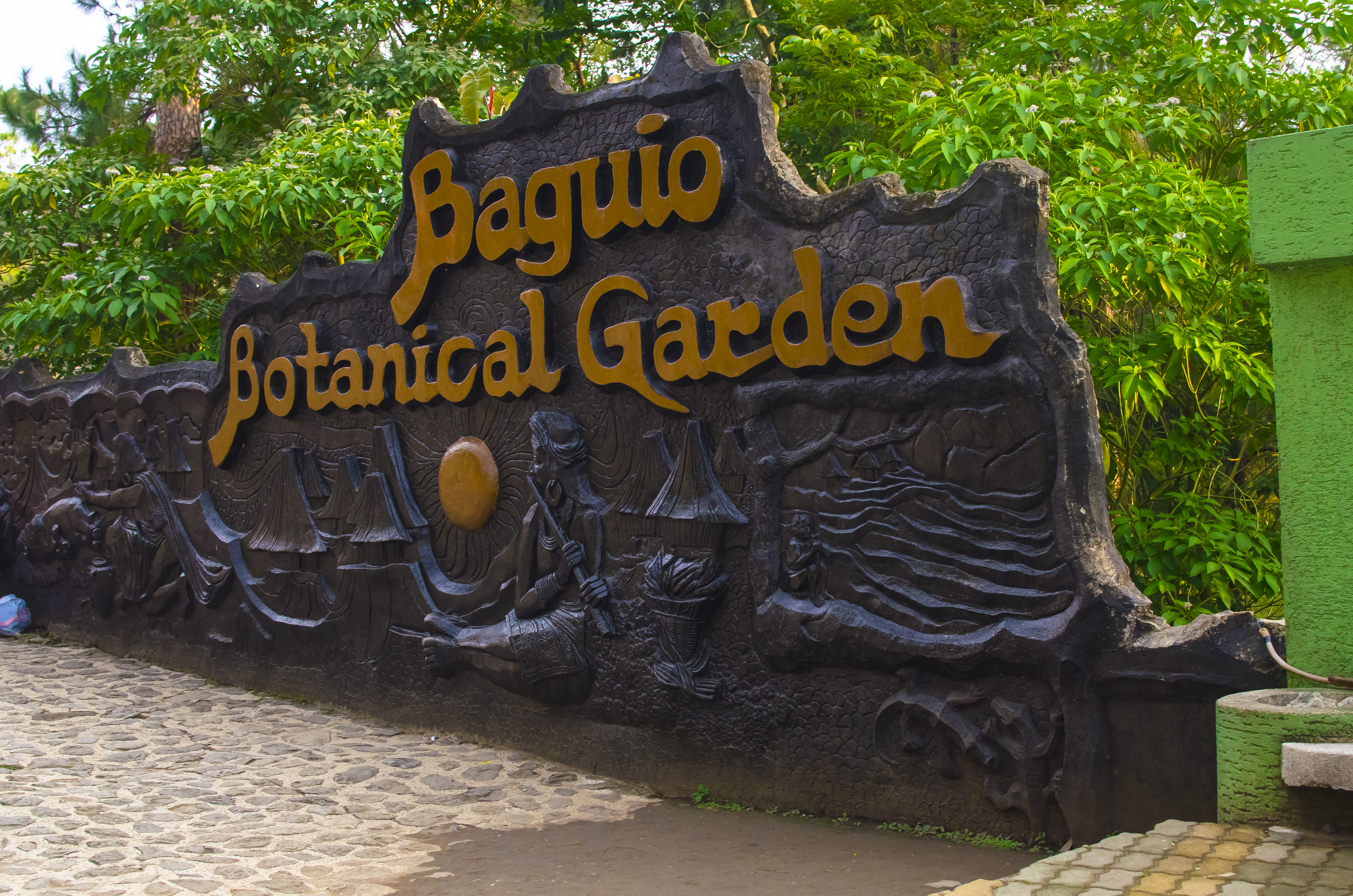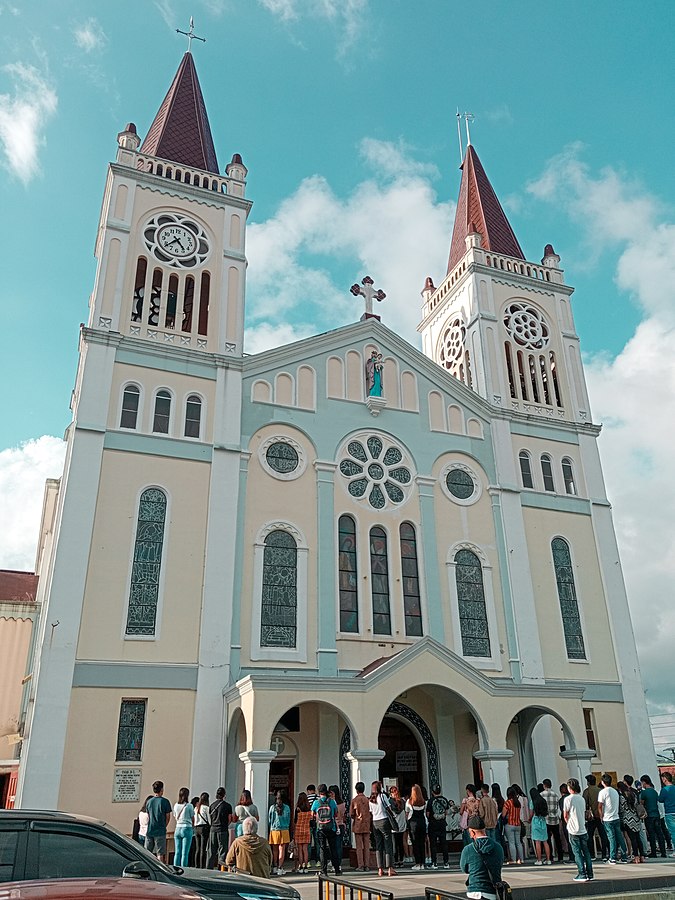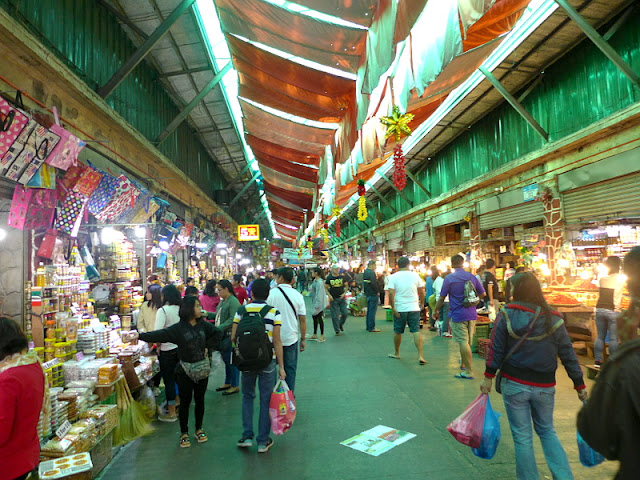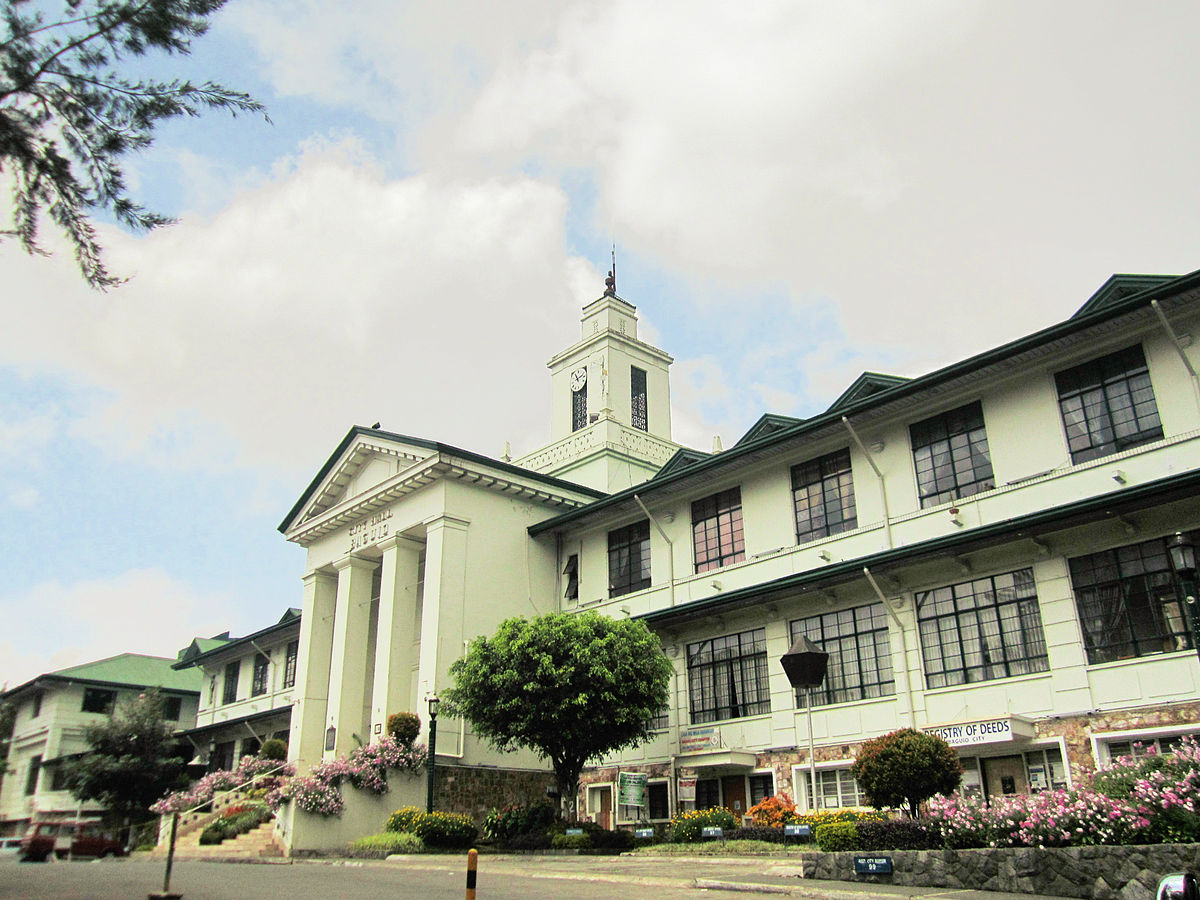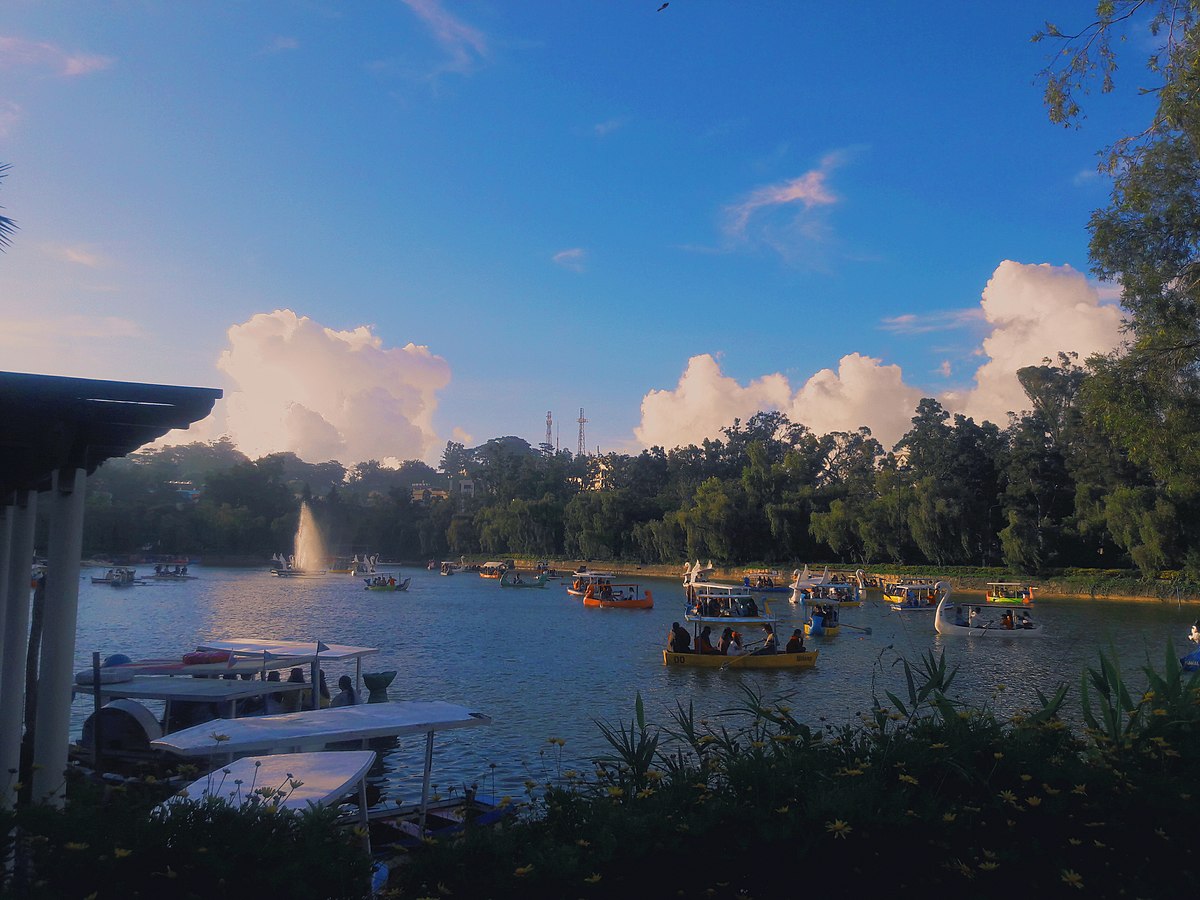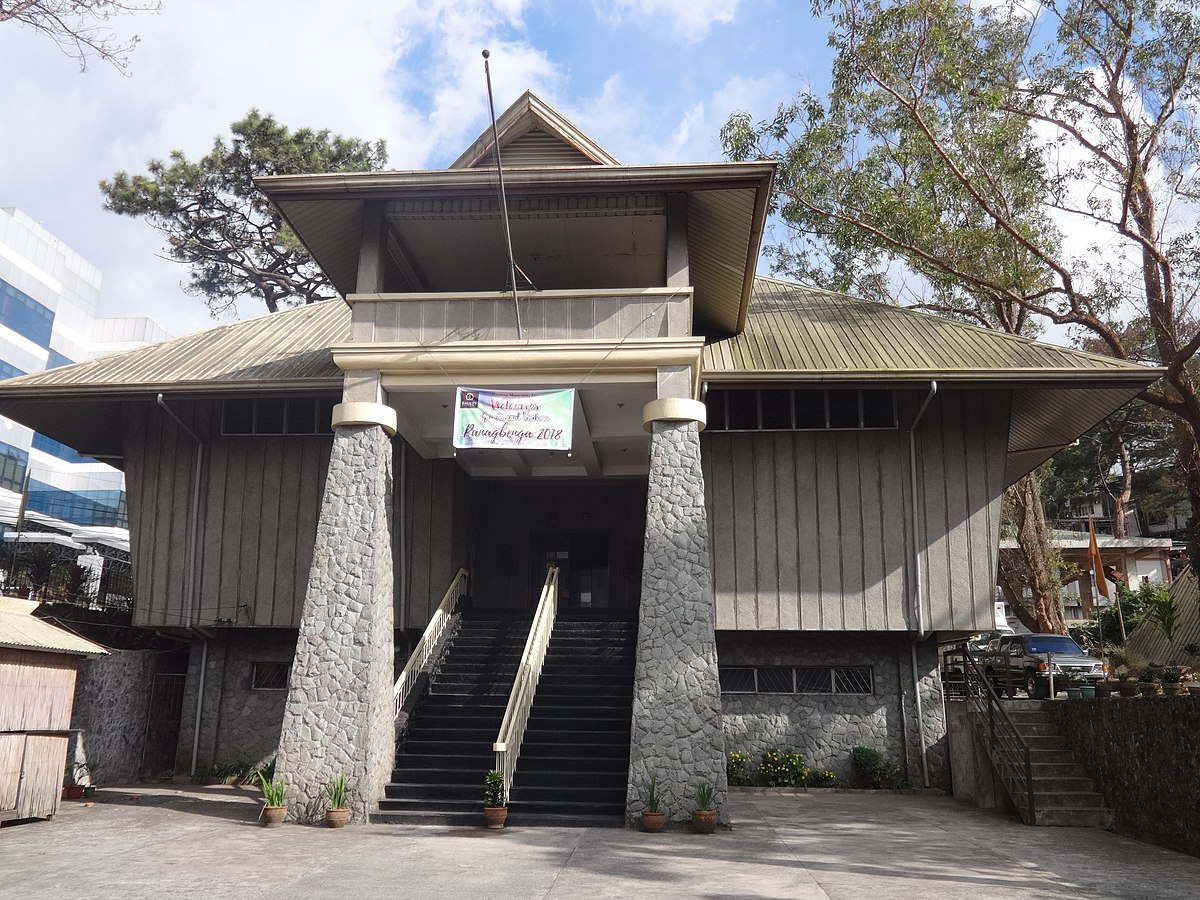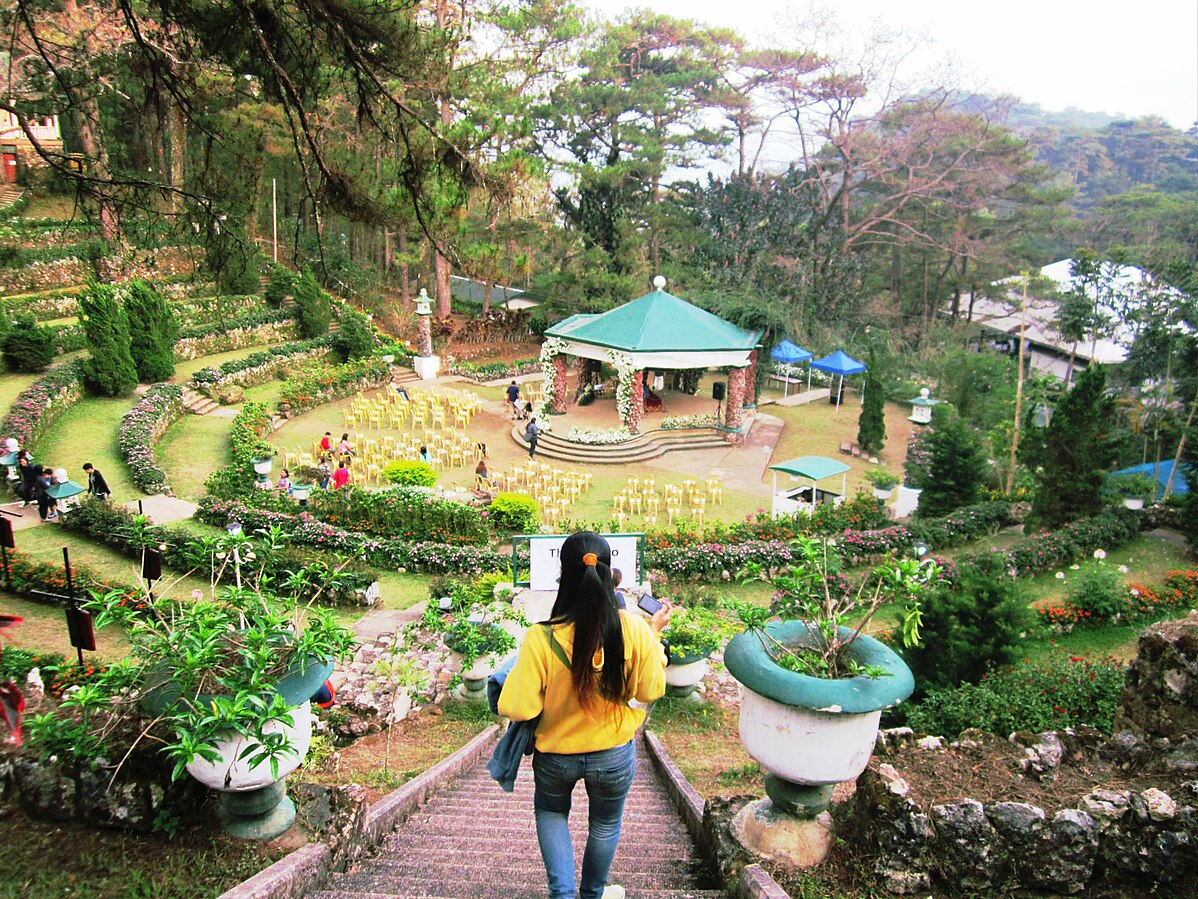Welcome to Baguio City in Benguet, and welcome to Anthro on Foot's walking tour! This is a
self-paced walking
tour that features key heritage sites and cultural highlights in the area. We hope you enjoy this tour
as much as
we enjoyed curating it!
Baguio was a mountainous area rich in highland forests and abundant wildlife, serving as a hunting
ground for
indigenous peoples like the Ibaloi, Kalanguya, Kankana-ey, and other Igorot groups. Despite Spanish
attempts at
subjugation, the intensive defense tactics of the indigenous Igorots in the Cordilleras prevented
complete control
by Spain.
Igorot oral history recounts the establishment of the Benguet upper class, or baknang, between 1565
and the early
1600s, through the union of a gold trader named Amkidit and a Kankanay maiden involved in gold
panning in
Acupan. Their son, Baruy, discovered a gold deposit in the area, which he developed with hired
workers and
slaves.
The arrival of Spanish colonizers in the 16th century marked a pivotal shift for the indigenous
peoples in the
Cordillera region. Spanish missionaries sought to convert some Igorot communities to Christianity,
while others
resisted, holding steadfast to their traditional beliefs.
Moving forward in history, Baguio, now known as the Summer Capital of the Philippines, originated
as
Kafagway, one of the 31 small settlements established around 1846 by Spanish colonizers in the
pine-covered
highlands of Benguet. The village was inhabited by the Kankana-ey and Ibaloi tribes.
